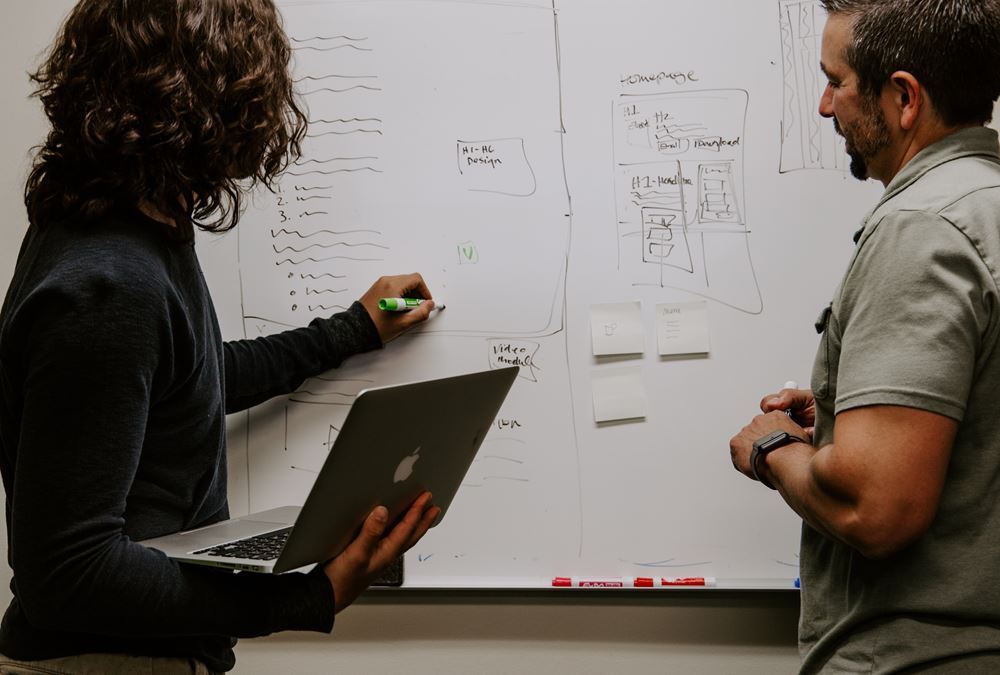- Home
- Business Processes
- Industry Knowledge
- Aerospace Industry
- Automotive Industry
- Banking Domain
- BFSI Industry
- Consumer/ FMCG Industry
- Chemicals Industry
- Engineering & Construction
- Energy Industry
- Education Domain
- Finance Domain
- Hospitality Domain
- Healthcare Industry
- Insurance Domain
- Retail Industry
- Travel and Tourism Domain
- Telecom Industry
- Leadership Skills
- eLearning
- Home
- Leadership
- Leadership Theories
- Skills Approach Application
Skills Approach Application
According to the three-skill approach of Katz, the individual's leadership abilities vary depending on where leaders are in a management hierarchy. The practical implication of skills approach to leadership is that leaders can improve their capabilities in leadership skills through training and experience.
Advantages of Skills Approach:
The skills approach to leadership describes leadership from a skills standpoint and provides a structure for understanding the nature of effective leadership. According to three-skill approach of Katz the importance of certain leadership skills varies depending on where leaders are in a management hierarchy. In Mumford’s skill model theory he proposes that leadership effectiveness is directly correlated to a leader’s competencies in problem-solving skills, social judgment skills, and knowledge. The biggest takeaway from these studies was the outcome that these skills can be learned and developed. The practical implication of skills approach to leadership is that leaders can improve their capabilities in leadership skills through training and experience. Hence they assist in defining a structured approach to leadership education and development and help to frame the curricula of organizational training and leadership development programs.
How to use this approach:
The learner can use the characteristics of the skills defined in this approach to do a comparative self –evaluation of oneself to identify one’s strengths and weaknesses with regard to these three skills; technical, human, and conceptual. This assessment provides insight into one’s own leadership competencies and based on the development areas identified, learners can take specific trainings to enhance their leadership effectiveness.
There are many questionnaires available based on these studies to assess individual's skills. They provide a useful self-help, but a word of caution here is that they cannot be used in research because they have not been tested for reliability and validity. A typical questionnaire is the "Skills Inventory" and you can also take the quiz designed by TechnoFunc called TechnoFunc’s Skill Inventory to assess your skills and development areas.
Self-Leadership Development Plan:
Given below are the steps to define a leadership development plan for yourself using the key concepts from this approach:
1. Do a self-assessment – Use TechoFunc’s Quiz
2. Identify your strengths and weaknesses
3. Identify your training needs.
4. Explore the relevant area on TechnoFunc’s website to learn more about the skillset you need to develop and explore the tools provided here to increase your effectiveness.
Related Links
You May Also Like
-
Leadership Traits – A great List
What are the qualities and characteristics of a good leader? Great leaders possess core leadership traits and skills. The list includes the most important leadership qualities and skills to look for in a great leader. These are must-have traits of a powerful and successful leader, the qualities a leader possess to be great.
-
The two-factor theory also known as Herzberg's motivation-hygiene theory and dual-factor theory. This motivator-hygiene theory states that certain factors cause job satisfaction whereas certain separate factors cause dissatisfaction in the workplace. An organization can adjust these factors to influence motivation. These factors are respectively termed as motivators and hygiene factors.
-
Leadership Participation Inventory (LPI)
Kouzes and Posner introduced the Leadership Participation Inventory model of Transformational leadership. This model is also known as Kouzes and Posner's Leadership Challenge Model. They identified five practices of exemplary leadership - Model the Way, Inspire a Shared Vision, Challenge the Process, Enabling Others to Act, and Encourage the Heart.
-
The Psychodynamic Approach to leadership focuses on leaders building an understanding of their personality characteristics to know why they act or react in certain ways. Psychodynamics theory aims to explain the dynamics of human behavior in which lies the essence of leadership, by analyzing various motives that govern a person's behavior. This information can be used to develop leaders and followers by understanding their responses based on their personalities.
-
There are four major factors in leadership called Leader, Follower, Communication, and Situation. The success of the leader is dependent on how the leader is effectively able to communicate and motivate followers to perform desired tasks using the appropriate leadership style best suited for the given situation. Interdependencies and dynamics of these four factors of leadership must be considered by a leader to be effective.
-
Self-leadership is a normative model of self-influence by the use of several behavioral strategies to gain a comprehensive self-influence perspective about oneself. Self-leadership is developing an understanding of your capabilities and abilities to influence your own communication, emotions, and behaviors to lead and influence others. Self-leadership is about personal growth and developing foresight.
-
Power is the ability to exercise influence or control over others. Leadership involves authority and it is very important for leaders to understand what type of power they're using. The 5 Types of Power in Leadership are Coercive power, expert power, legitimate power, referent power, and reward power. Authority is the right to command and extract obedience from others. It comes from the organization and it allows the leader to use power.
-
Leadership has been defined in different ways by different sets of scholars. In very simple terms leadership can be defined as the skill of a person to influence an individual or a group for achievement of a goal in a given situation. One can use different dimensions and perspectives to define leadership. Through the evolution of leadership thought, leadership has been defined in various ways discussed here.
-
Leadership traits refer to personal qualities that define effective leaders. Here are the major leadership qualities that can make someone a good leader. Five key traits that are common in leaders can be learned and sharpened with time.
-
According to the three-skill approach of Katz, the individual's leadership abilities vary depending on where leaders are in a management hierarchy. The practical implication of skills approach to leadership is that leaders can improve their capabilities in leadership skills through training and experience.
Explore Our Free Training Articles or
Sign Up to Start With Our eLearning Courses

About Us
Learning
© 2023 TechnoFunc, All Rights Reserved










